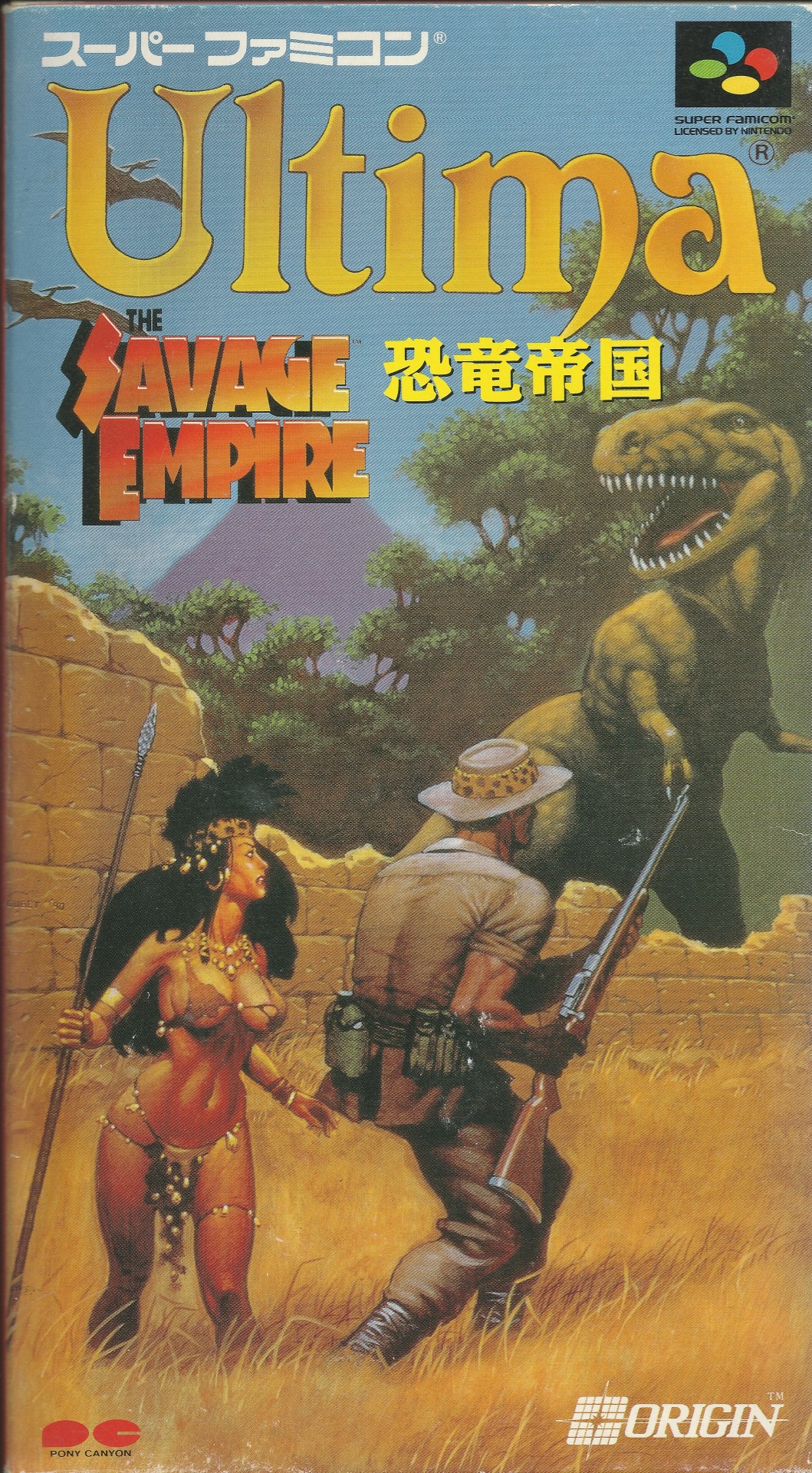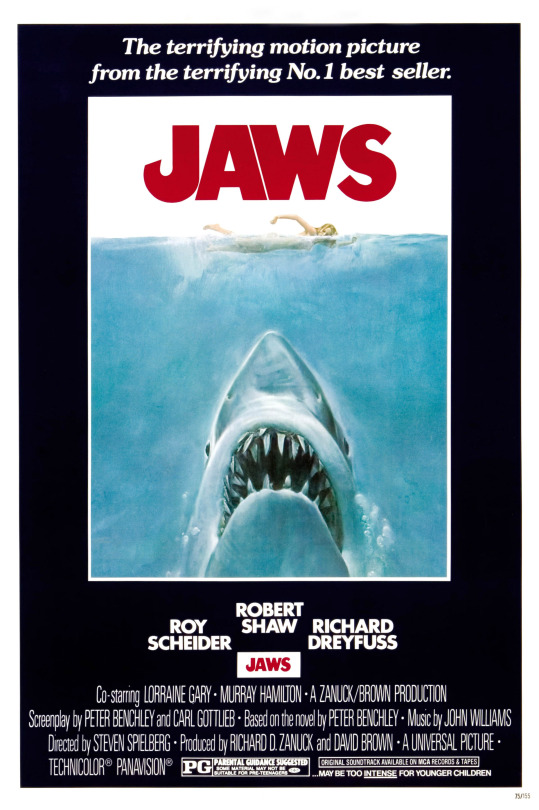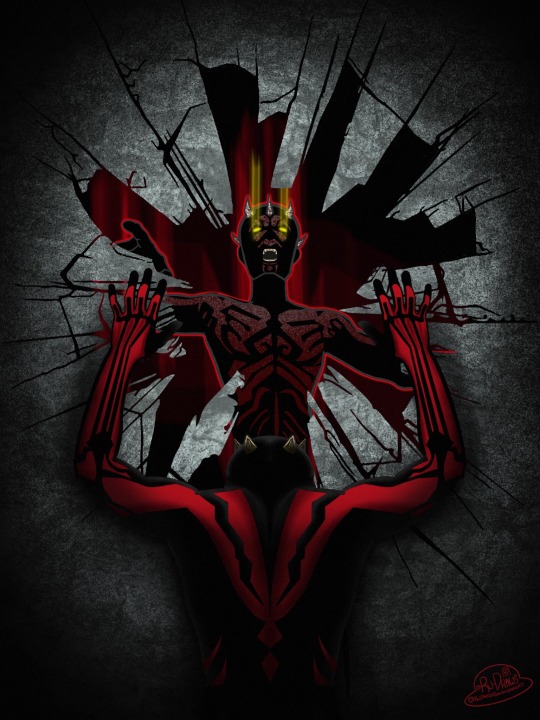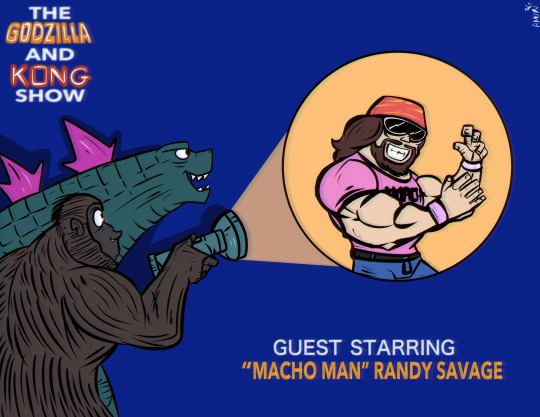#Savage Empire
Text

"Savage Empire," a classic game by Origin, unfolds in a prehistoric setting imbued with fantastical elements, presenting a unique tableau for philosophical exploration. The narrative, characterized by the player's journey alongside diverse characters such as Aiela, Triolo, and Doctor Johann Spector, among others, lends itself to an analysis through the lenses of philosophical anthropology, ethics, and the philosophy of science and technology.
1. Philosophical Anthropology and the Nature of Humanity:
The diverse tribes and characters in "Savage Empire" offer a rich ground for examining philosophical anthropology, particularly the theories of Ernst Cassirer and Claude Lévi-Strauss. Cassirer’s notion of man as a 'symbolic animal,' constantly creating symbolic worlds, is reflected in the game’s portrayal of varied cultures and belief systems. Lévi-Strauss’s structural anthropology, which explores the underlying structures of human society and culture, can be applied to understand the game's depiction of tribal societies and their customs, suggesting that despite surface differences, human cultures share deep structural similarities in their mythologies and social organizations.
2. Ethics of Interaction and Cultural Relativism:
The player's interactions with different tribes and characters in "Savage Empire" evoke questions of ethical relativism and the ethics of intervention. The philosophy of Emmanuel Levinas, which emphasizes the ethical responsibility to the 'Other' and the face-to-face encounter as foundational to ethics, can be used to critique the player's role. Levinas’s idea that the self is ethically obligated to the Other without assimilating the Other into its own terms challenges the player to consider the impact of their actions on the game's cultures, questioning the morality of intervention in societies different from one's own.
3. The Philosophy of Science and Technology:
Doctor Johann Spector, a character from a more technologically advanced time, embodies the theme of science and technology as a double-edged sword. Drawing from Martin Heidegger’s critique of technology and its capacity to alienate humanity from a more authentic relation to Being, Spector’s presence in the game serves as a focal point for examining the implications of introducing advanced technology into a simpler society. Heidegger’s notion of 'enframing' (Gestell) suggests that viewing the world only through the lens of technological utility can lead to a loss of appreciation for the world’s intrinsic value.
4. The Concept of Heroism and Virtue Ethics:
The protagonist’s journey through the game aligns with Aristotelian virtue ethics, which emphasizes the development of virtuous character traits through practice. The game challenges the player to make decisions that reflect courage, justice, wisdom, and temperance, embodying the Aristotelian ideal of the 'magnanimous man' who acts for the good of the community. The diverse challenges faced by the player mirror the Aristotelian notion that virtue lies in navigating the mean between excess and deficiency.
5. The Social Contract and Political Philosophy:
The alliances formed between the player and the various tribes to combat a common threat can be analyzed through the lens of political philosophy, particularly Thomas Hobbes’s and Jean-Jacques Rousseau’s concepts of the social contract. The voluntary association of tribes, each with its unique customs and governance, to ensure mutual survival reflects Rousseau’s idea of a collective agreement to form a community for the common good, contrasting with Hobbes’s view of the social contract as a necessary surrender of individual freedoms to a sovereign power to avoid the brutish state of nature.
6. The Unity of Knowledge and Plato’s Philosophy of Forms:
The game’s underlying quest to unite the disparate tribes and harness their collective knowledge to defeat a common foe echoes Plato’s theory of Forms, wherein the true essence of things resides in their ideal form, not in their material manifestations. The player’s quest can be seen as a metaphor for the Platonic search for the ideal, uniting fragmented pieces of knowledge to reveal a higher truth.
In conclusion, "Savage Empire" presents a multifaceted canvas for philosophical inquiry, weaving together themes of cultural interaction, ethical relativism, the impact of science and technology, the nature of heroism and virtue, political organization, and the pursuit of knowledge. Through its narrative and characters, the game invites players to engage with deep philosophical questions, challenging them to reflect on the nature of human society, the ethical implications of their actions, and the pursuit of a common good in a diverse and complex world.
0 notes
Text
Check Out This Two-Hour Retrospective of "Savage Empire"
Check Out This Two-Hour #Retrospective of #SavageEmpire
#Ultima #WorldsOfUltima
If you’ve somehow never heard of Savage Empire, the Codex of Ultima Wisdom offers this brief summary of what it is:
Worlds of Ultima: The Savage Empire is the seventh game in the series (not the main series itself, but the whole Ultima saga) and the first of the two parts of the Worlds of Ultima saga. It was published and released in 1990 by Origin for the IBM PC.
If you want to check the game…

View On WordPress
0 notes
Text

These absolute beasts of the Sith Order! 👌🏼
#darth maul#savage opress#nightbrothers#clone wars#sideshow collectibles#sw edit#sw#star wars#the sith empire#sith lord#sith#sith order#star wars edit#the force#the phantom menace#star wars art#star wars animation
249 notes
·
View notes
Text

“The Savage Empire” Denis Loubet 1990
Cover artwork for the first game in the Worlds of Ultima series.
108 notes
·
View notes
Text

RIP Roger Kastel (died 15 November 2023). He's most famous for the Jaws movie poster. It's worth reading up on the story behind that. In short Paul Bacon did the original cover for Peter Benchley's novel in 1974. Roger did the second, now very familiar, version which he later allowed to be used as the movie poster (albeit with a bit of nudity covered up). At some point in the 1970's his original artwork of Jaws went missing and I don't think it was ever recovered.
Roger also did one of the movie posters for The Empire Strikes Back and Doc Savage among others.
38 notes
·
View notes
Text

Peace Is A Lie
——
The Force Shall Free Me
——
It’s sad lizard hours, bruvs.
#rurudraws#maul#darth maul#lord maul#maul opress#sith lord#sith#the clone wars#sw tcw fanart#star wars#sw art#sw tcw#sw prequels#sw fanart#savage opress#star wars the clone wars#zabrak#dathomir#sith code#sith empire
318 notes
·
View notes
Text

Today the boys learn all about MACHO MADNESS!
#kaiju#godzilla#Kong#godzilla x kong new empire#godzilla x kong#macho man#macho man randy savage#wwe#pro wrestling
29 notes
·
View notes
Text
Ribs by the Crane Wives an aro anthem for real
#'marrow made a wife of eve/but no one gave up a rib for me and mine'#'oh my savage empire/how lucky we are/never to be moved by the words of a liar' 'the dark doesn't frighten me/i chose to close my eyes'#i mean COME ON#and tongues and teeth is aro/ace#tcw#aromantic#aspec
27 notes
·
View notes
Text
btw if you think Roman Empire was peak civilization but Ottomans (who established a similar governing system to Romans) were just cultureless savages... it speaks a lot about you (racism)
#because both of them were shitty besties#but its interesting that people idolize and praise romans#while saying ottomans were savages#while they were bloody empires conquest their way
13 notes
·
View notes
Text

USA 1990
21 notes
·
View notes
Text
skyrim really does show you a bunch of indigenous people who faced genocide and are like "that's why they're eeeeevil, now go on and kill them" instead of actually sympathizing with them huh.
Well at least there are definitely no real world implications to deal with *I say knowingly*
#Wow I can't even tell the writers are mostly white Americans#Idk I don't wanna be mean I genuinely like elder scrolls lore often?#But also just. It's often not just bad but deeply fucked up if you put any thought into it(#Like morrowind is like 'the empire deliberately tries to drain the wealth from morrowind and had laid claim to the lands most valuable shit#And then skyrim is like#Will u join the empire? (The colonizers who drain the wealth of their territories)#Or the stormcloaks (racists who worship the colonizer who conquered the everything and killed the everyone for the empire)#Hey wanna join this games equivalent of the fighters guild? (Who openly worship the guy who genocided the original people of skyrim)#Idk just like#If u wanna write a group like the forsworn consider the following: don't#Without presenting them as *not* savages who slaughter ppl indiscriminately they are always gonna be incredibly racist as a concept#Idk I'm just tired and mad
9 notes
·
View notes
Text

#funny#meme#memes#dank memes#funny memes#savage memes#savage#Glory to the empire#star trek#gowron#I seek glory
11 notes
·
View notes
Text
Most Hoennians don't use the term indigenous to refer to themselves btw. Some of the more nationalistic would actually be offended by the idea because that would imply that their land was successfully conquered by outsiders. ( Keep in mind that there's still a few people with memories of foreign occupation. It's a very sore topic for the older generations. )
#there's racism in hoenn but like#it ain't like american racism#pacifidlog's people used to be considered backwards savages... by the draconids#and even their sootopolian counterparts at time#the draconid nobility were especially racist near the end of their empire
2 notes
·
View notes
Text
Rewatching “Cardassians” and TBH that weird little fandom trend of fics saying that Cardassian children on Bajor are being “horribly abused” is so hilarious in the face of this episode, because the only anger that Bajorans display regarding these kids is anger that they’re as much a victim of the Cardassian Occupation as any other Bajoran resident.
This episode LITERALLY says, “Cardassians deperson orphans and treat them as disposable to the point where the victims of their genocide take them in and care for them” and people still want to pretend the Bajorans are the bad guys in this episode.

Like, I dk how you can write something like that in the face of the ACTUAL episode without labelling your fic as an AU or Canon Divergent. There’s no evidence for it, other than an allegation by a dude who instantly exits stage left, pursued by a bear. There was no revenge. There was a bunch of kids in need of homes, and a bunch of people who wanted to give them homes.
Jomat Luson even comments on how most Cardassian orphans got to their Resettlement Centre. They were almost all found and brought to the centre by BAJORANS.
Also worth noting, Kotan Pa’dar, a noted beneficiary of this Bajoran compassion, is asked, at the end of the episode, to repay that kindness by helping the Cardassian orphans who DON’T have a politically influential biological father around to sweep them up, and he very much demurs. Because his son is his son. These other orphans are as much people to him as were the Bajorans he was helping to genocide.
#ds9#bajor#anti cardassian#but fandom loves a fascist so here we are#this fic also has some of the worst Bashir characterization I have ever seen so maybe it’s just bad in general#I’m mainly mad because it started out talking about the realities of a genocidal occupation#then turned around halfway through and talked about how great cardassians are in all their fascist glory#��🤮🤮🤮🤮🤮🤮🤮#tricking me is not cool#also I don’t see how you could stan for Garak after this episode#he comes across as funny#but also I wanted to slam him thru a wall#it’s like all people saw was#proka migdal’s rightful anger at the people who tried to destroy his world and his son#and skipped over every cardassian#including garak#calling them stupid and savage#bc we like to identify with empire amirite?#also Rugal is right?#pa’dar was murdering bajorans#he just did it in an administrative capacity
17 notes
·
View notes
Text

7 notes
·
View notes
Text
You know, I'm pretty sure I've seen at least three different American frontier analogue fantasy settings that go the "orcs = native americans" route, but has anyone considered:
Humans, halflings (optional), and dwarves = settlers, with dwarves being weighted more heavily than anyone else towards being prospectors
Elves = native tribes
Orcs = Chinese migrants
#of course these would all be rough socioeconomic correlations#if you're gonna do 1:1 stand-ins might as well just write a standard human western with magic tossed in#but I am interested in the potential of orcs as a secondary foreign culture settling an area#as opposed to what I will call for lack of a better term noble savage orcs#especially since parallels are already sometimes drawn between orcish war bands and the mongolian empire#writing ideas
22 notes
·
View notes